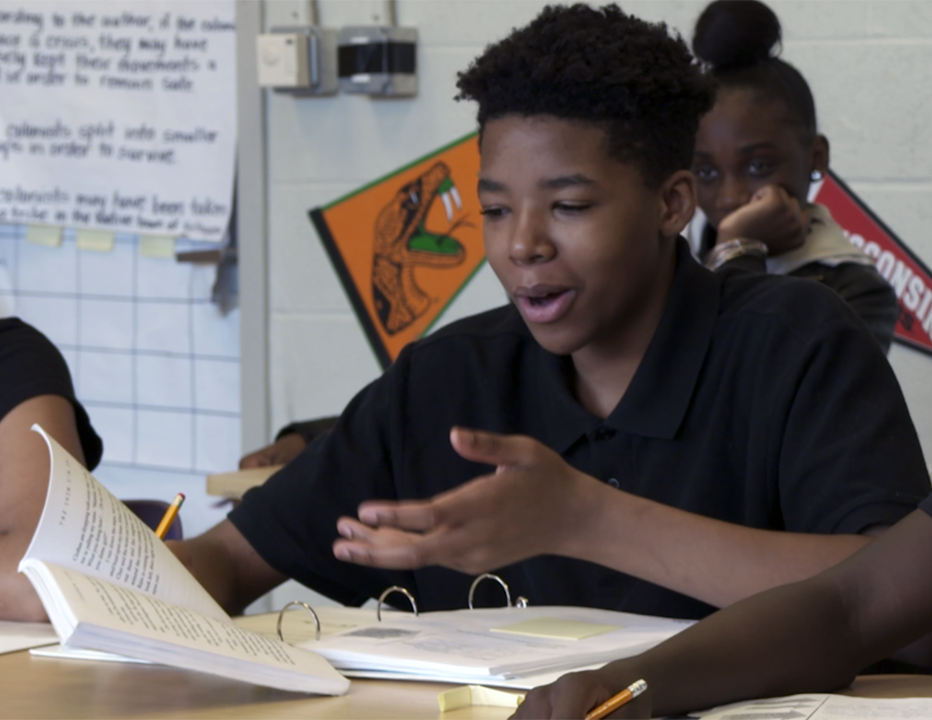Discourse Markers
There are a lot of markers in texts that signal organization, such as
first, in conclusion, or
although. These are known as discourse markers or connectors. Some discourse markers are quite frequent and simple (and,
but), and are learned incidentally. Others are less frequent, more complex in meaning, and often skipped over by less skilled readers. Yet, if noticed and understood, they can be very helpful for comprehending a complex text.
Signaling Connections and Structure
Discourse markers fall into two groups, though some can be used for both purposes: those that signal the relationship between sentences or propositions (and,
in addition,
furthermore,
but,
nonetheless,
however), and those that signal the larger structure of a text (first,
second,
in contrast,
in conclusion). Authors use these signal and connector words to help the reader understand how complex ideas relate to one another or how arguments are structured.
Raising awareness of these indicators improves comprehension.
The list of discourse markers is not lengthy, so strategic explicit teaching of these words could help students enormously. As students become aware of these indicators of the structure of the text, their comprehension will improve.
You might ask, why teach vocabulary such as
moreover and
however if the students already use
and to combine items or topics and
but to contrast? Students need to understand these academic words when they encounter them. If they don't know that
nonetheless means something like
but, they could miss an important point.
Helping students pay attention to these signals when they're reading will have multiple benefits. Drawing attention to discourse markers can help students transition from the narrative texts of early elementary grades to the more complex texts encountered in middle grades and above. It's also very helpful if students use these signals in their own writing. To make this transition, you might have students ‘translate’ a text from a spoken language version to an ‘academic version’ and vice versa, so students can see that the meaning can be expressed in alternate ways for different purposes.

